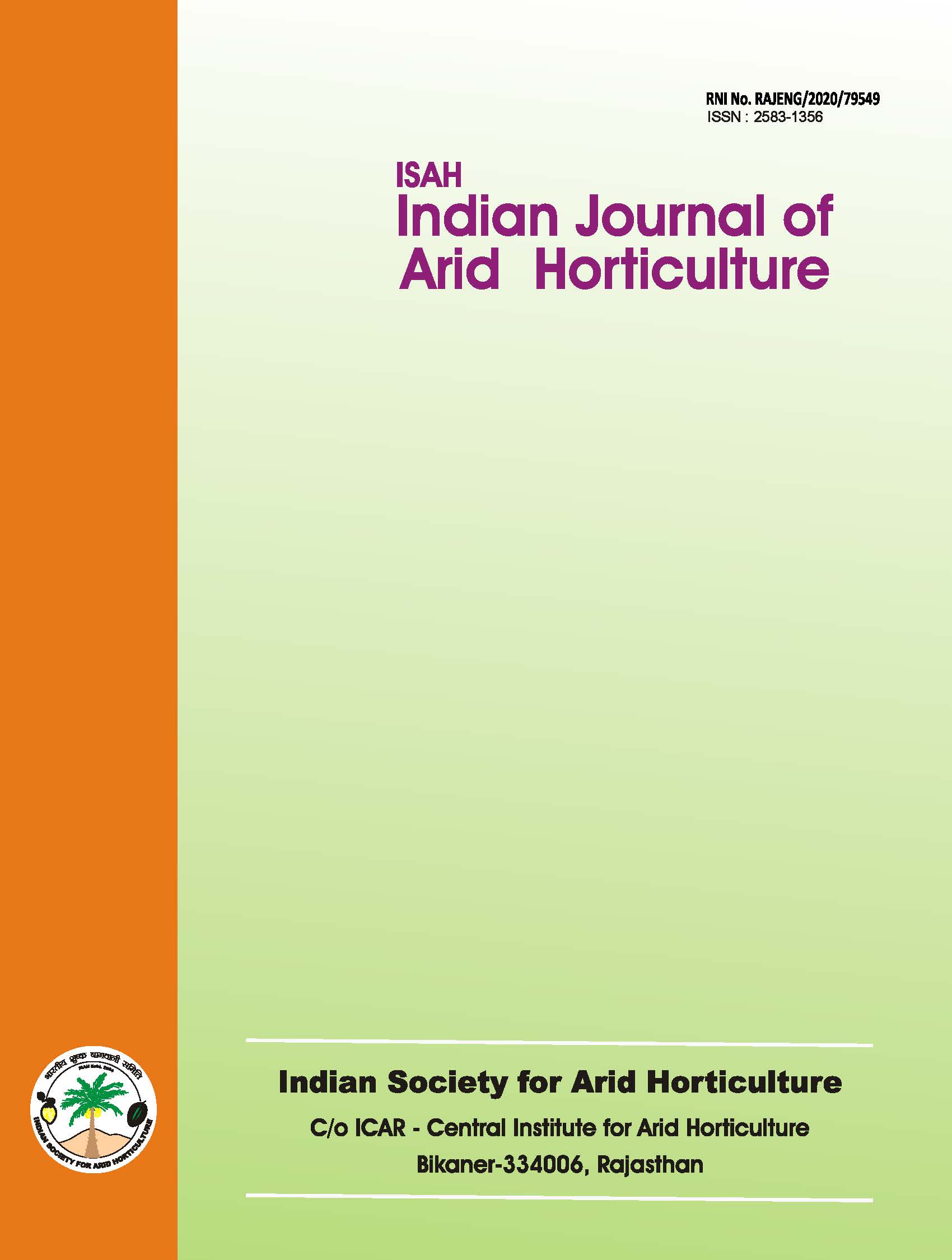Growth and Yield of Kinnow Mandarin on N Fertigation and Drip Irrigation in Kandi Area of Punjab
Keywords:
Kinnow mandarin, fertigation, drip irrigation, nitrogen application, citrus yieldAbstract
The water resources on the earth are limited, with freshwater availability estimated at 37 million km³, of which only 0.3% is renewable. Water scarcity is a major limiting factor for expanding irrigated agriculture in arid and semi-arid regions. Establishing water-saving irrigation technologies is crucial for agricultural development in these areas. Fertigation, a modern agro-technique, enhances fertilizer use efficiency, minimizes fertilizer application, and increases economic returns while reducing environmental pollution (Hagin et al., 2002). Fertilizer demand in intensive production systems is highly variable, depending on soil type, climatic conditions, and water quality. Kinnow mandarin (Citrus reticulata) trees exhibit different nutrient requirements at various growth stages, from vegetative to fruiting periods. The adoption of micro-irrigation has significantly improved fertigation efficiency for Kinnow production. Bravdo et al. (1993) reported that shoot growth extension varied significantly with irrigation systems. Similarly, El-Wazzan et al. (2001) demonstrated that irrigation methods had a pronounced effect on Valencia orange yield. Frequent nitrogen (N) fertigation during the growing season stimulates vegetative growth by ensuring a continuous supply of nitrogen. This study aimed to evaluate the effects of varying drip irrigation levels and nitrogen fertigation on vegetative growth and yield performance of Kinnow mandarin trees. Keywords: , fertigation, drip irrigation, nitrogen application, citrus yield.Downloads
Download data is not yet available.
Downloads
Published
2018-01-30
Issue
Section
Short Communication
How to Cite
Growth and Yield of Kinnow Mandarin on N Fertigation and Drip Irrigation in Kandi Area of Punjab. (2018). Indian Journal of Arid Horticulture, 12(1&2), 87-80. https://www.journals.acspublisher.com/index.php/ijah/article/view/20783

